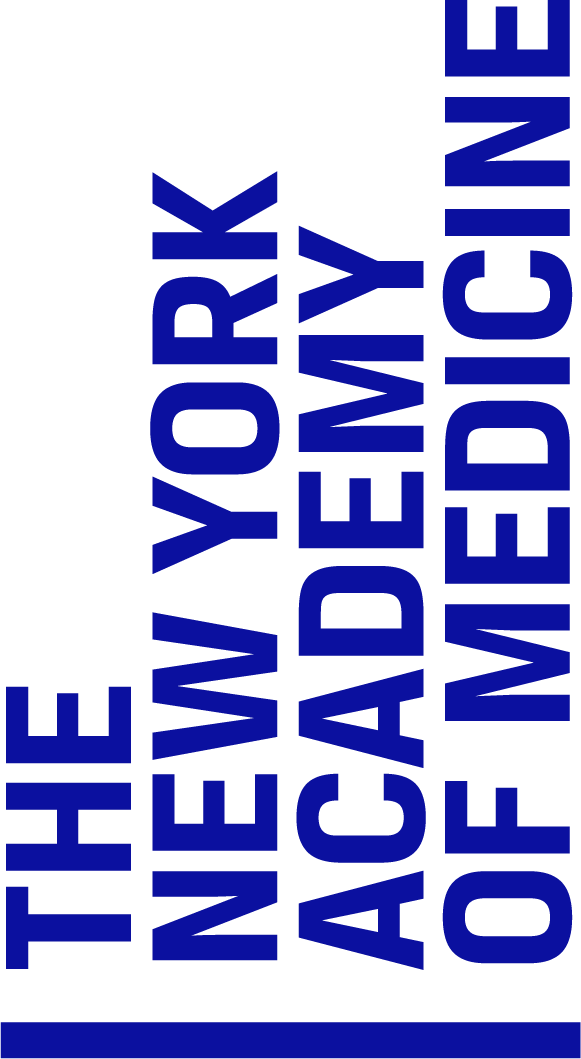The Fasciculus Medicinae: An Introduction to the Images and Texts
The Fasciculus medicinae—literally, the “little bundle of medicine”—is a small group of independently-authored medical treatises and illustrations first printed in 1491. Remarkable as one of the earliest illustrated medical books to be printed, the Fasciculus was reprinted in dozens of different editions and translated into the major European vernacular languages into the 1520s. The Fasciculus also serves as an important witness to a dynamic period of change, reflecting both medieval medical ideas and new advances spurred by the humanistic surge associated with the Renaissance. This is perhaps best illustrated by the inclusion of the first printed scene of human dissection, an indication of the growing importance of empirical investigations of the interior. The images attached to the Fasciculus are a blend of diagrams copied from medieval manuscripts alongside newer, narrative-based scenes demonstrating the modern taste for classical styles in figures and interiors.
The Fasciculus went through several iterations as it was adapted to meet increasing demand and changing tastes. The initial 1491 edition included six illustrations and accompanying texts, all of which had circulated in manuscript form prior to being printed by the brothers Johannes and Gregorius de Gregoriis, or Giovanni and Gregorio de Gregori (or Gregorii), in their Venetian printing house. After the original print run, the Fasciculus was augmented and translated into Italian by the Roman Sebastiano Manilio with the title Fasiculo de Medicina in 1493 (1494 in today’s calendar). In this edition, the existing images were reworked in an attempt to modernize old-fashioned medieval tropes and four new images were added.

![Fasciculus medicine in quo continentur : videlicet. [1495]](https://digitalcollections.nyam.org/digital/sites/nyam.saas.dgicloud.com.digital/files/styles/islandora_imagecache_image_style_large/public/externals/5b9fe8b606b0c9d06d8bcda32bb498d0.png?itok=aI5bdSRh&pid=facendoillibro:3&iic=true)